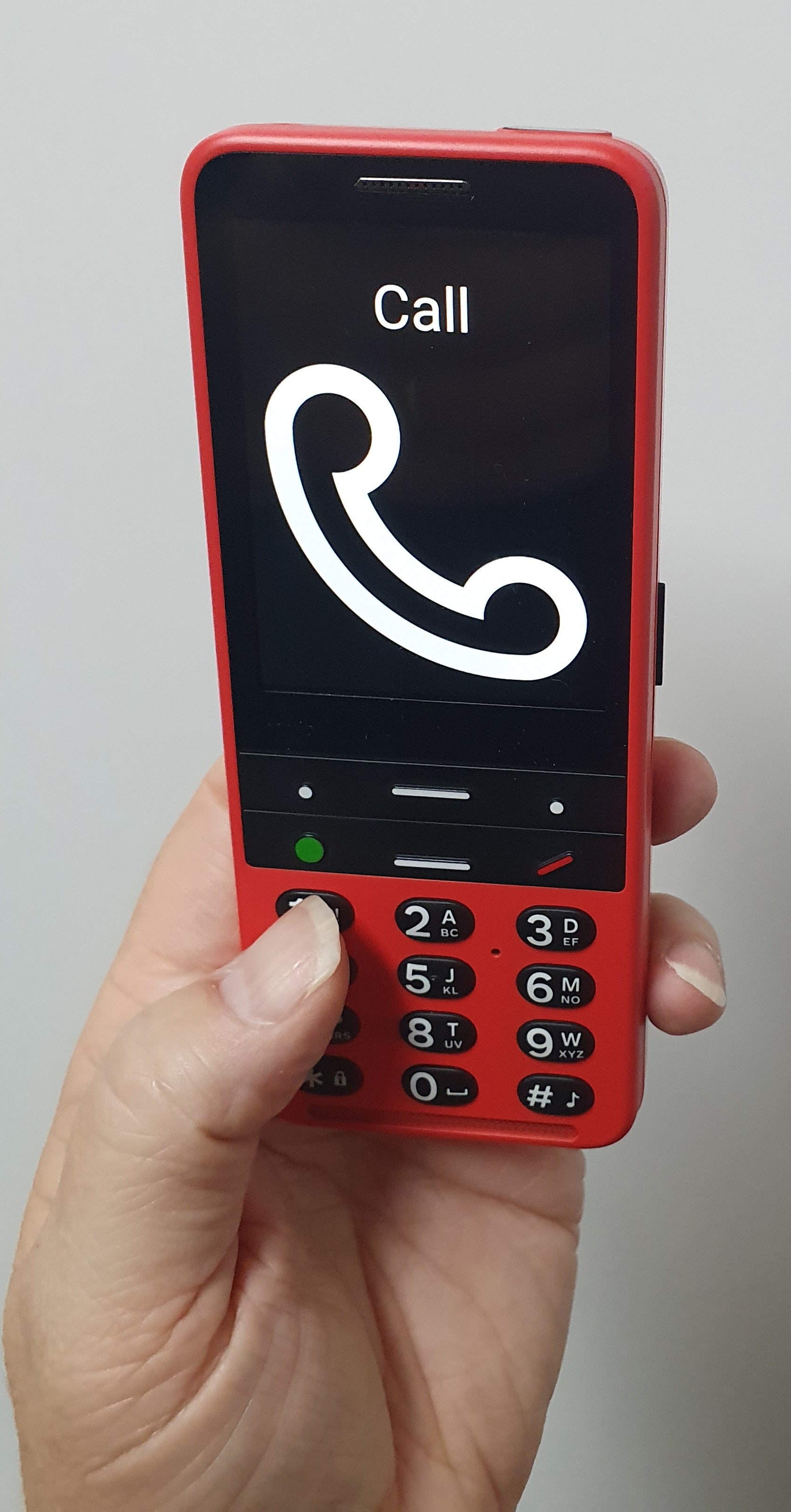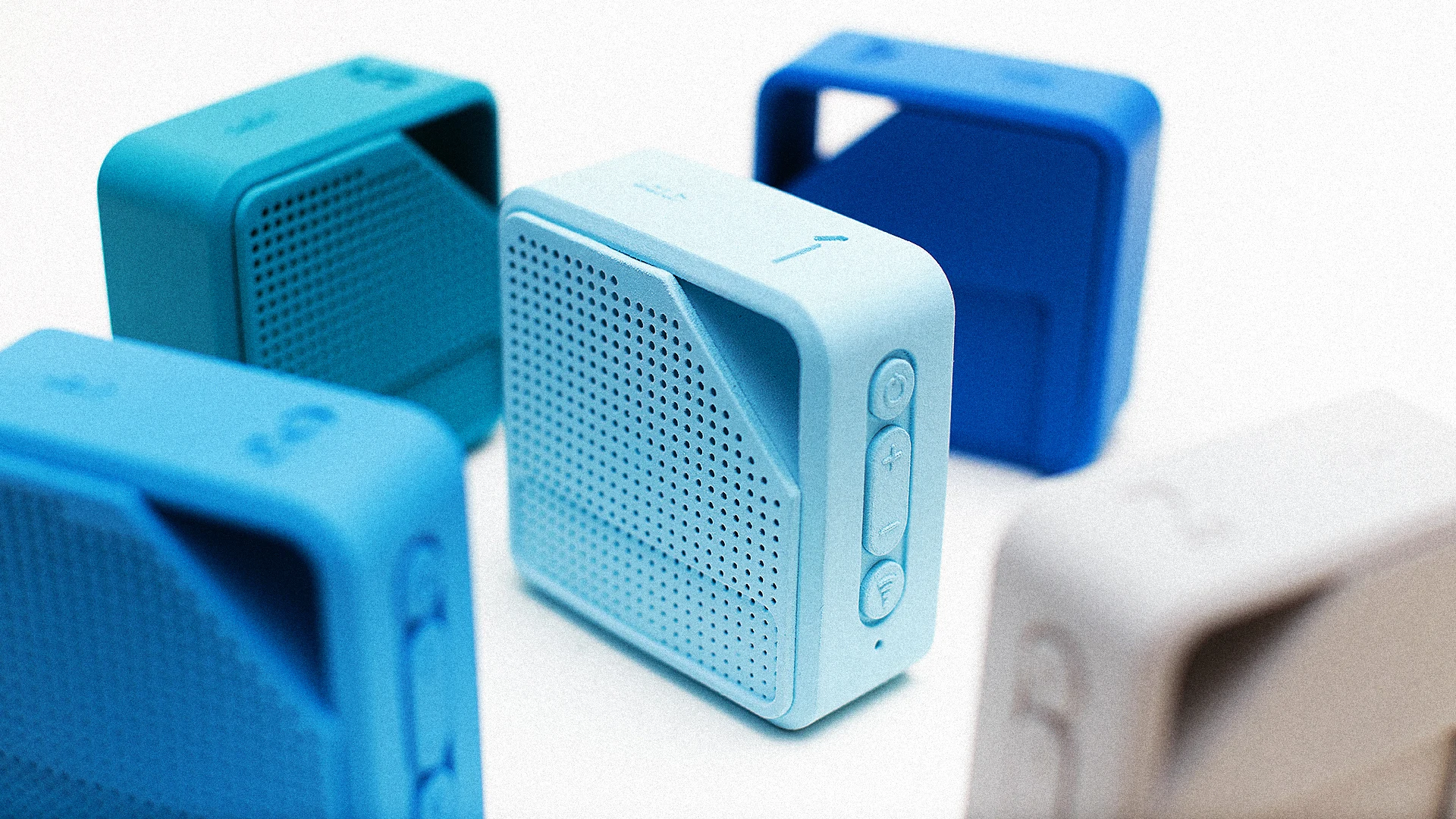Voice-Activated Assistive Devices: Simplifying Everyday Tasks
Wiki Article
Discover Innovative Tools Developed for the Visually Impaired
The growth of innovative devices for the aesthetically impaired stands for a significant advancement in access and self-reliance. Technologies such as smart glasses with AI capabilities and mobile applications made to offer acoustic descriptions are reshaping daily experiences for individuals.Smart Glasses for Navigation

Smart glasses designed for navigating are reinventing the way aesthetically damaged individuals engage with their atmosphere. These advanced gadgets use a mix of electronic camera technology, expert system, and auditory feedback to offer real-time information regarding environments. By utilizing barrier discovery systems, smart glasses can inform customers to prospective threats, making it possible for much safer wheelchair in both familiar and unfamiliar settings.
The assimilation of GPS modern technology further enhances navigation capacities, enabling individuals to get acoustic instructions as they move. This hands-free strategy not only fosters self-reliance yet additionally equips visually damaged individuals to navigate metropolitan landscapes with raised confidence. In addition, lots of smart glasses are geared up with attributes that recognize spots and street indications, providing contextual info that improves the customer experience.
In addition, the development of these gadgets is continually progressing, with companies functioning to improve the precision of object acknowledgment and broaden the series of navigational functions. As wise glasses become extra cost effective and available, they hold the possible to significantly transform daily life for aesthetically damaged customers. Inevitably, these cutting-edge devices stand for a crucial step toward inclusivity, offering boosted mobility and a greater feeling of freedom for individuals browsing the globe around them.

Mobile Apps for Daily Living
Just how can mobile applications improve the every day lives of aesthetically damaged people? Mobile apps are revolutionizing the means aesthetically damaged customers browse their settings, handle day-to-day tasks, and gain access to information. These applications provide crucial assistance through numerous capabilities, promoting freedom and boosting lifestyle.A number of ingenious mobile apps are designed especially for daily living. Applications like Be My Eyes connect aesthetically impaired users with sighted volunteers via video clip phone calls, enabling them to receive real-time help with jobs such as reviewing tags or navigating unknown rooms. Likewise, Seeing AI, created by Microsoft, uses expert system to define surroundings, reviewed text, and identify objects, effectively changing a smartphone right into a powerful device for day-to-day assistance.
Furthermore, navigation applications tailored for the aesthetically damaged, such as Aira and BlindSquare, supply audio-based instructions and environmental info, making it possible for users to traverse their environments securely and confidently. Past navigation and instant assistance, mobile applications likewise support company and task monitoring, with attributes that assist users set suggestions, create to-do lists, and track visits. In summary, mobile applications act as important sources, empowering aesthetically impaired people to lead even more independent and meeting lives.
Wearable Technologies for Help
Empowerment with innovation is increasingly evident in the realm of wearable gadgets made to aid visually damaged people. These cutting-edge devices incorporate effortlessly into life, improving navigation and giving crucial responses to users. As an example, wise glasses equipped with cameras can check out and acknowledge faces text out loud, enabling customers to engage even more with confidence in professional and social setups.Another notable improvement is using haptic responses systems in wearable devices. These systems use resonances or various other tactile signals to share information regarding the customer's setting, such as challenges or changes in terrain, boosting flexibility and safety. Wearable innovations additionally include wristbands that connect to smartphones, informing users to notifications through refined vibrations, therefore enhancing connection without reliance on aesthetic cues.
As these innovations remain to develop, they are not only enhancing self-reliance for visually impaired individuals however also cultivating a greater sense of incorporation in society. By linking the space between obstacles dealt with in day-to-day living and the potential for autonomy, wearable innovations work as pivotal devices in the pursuit for equal rights and empowerment for those with aesthetic disabilities.
Audio Summary Devices
Audio description tools play a crucial function in improving availability for aesthetically impaired individuals, offering them with the ability to engage with aesthetic media. Braille displays and notetakers. These tools provide narrated descriptions of vital aesthetic aspects in films, television shows, and live efficiencies, guaranteeing that individuals can completely understand the context and emotions shared with visualsAudio description can be incorporated right into numerous systems, including streaming services, cinema testings, and live cinema. Numerous prominent streaming services currently consist of audio description as an ease of access feature, permitting viewers to pick it conveniently. Along with mainstream media, specialized applications also exist, supplying audio have a peek at this site summaries for art exhibits, galleries, and various other social events.
The performance of audio summary depends upon the ability of the narrators, that must communicate aesthetic details succinctly without detracting from the initial audio. Developments in this area are additionally leading the way for even more customized experiences, where users can change the level of information and pacing according to their preferences.
Braille Innovations and Tools
Braille tools and advancements have considerably transformed the method visually damaged people engage with message and info. Modern developments have caused the growth of functional tools that boost literacy and self-reliance amongst users. Notably, Braille present modern technologies have actually developed, permitting vibrant analysis experiences. These gadgets transform electronic message into Braille, making it possible for individuals to access a vast range of information on computer systems, smartphones, and tablet computers.
Furthermore, portable Braille notetakers integrate conventional Braille input with modern-day functionalities, promoting note-taking, scheduling, and paper editing and enhancing on the move. Screen readers for the blind. These small gadgets often include text-to-speech capabilities, linking the gap between Braille and auditory info
On top of that, ingenious Braille printers have emerged, enabling customers to generate Braille labels, documents, and educational products effectively. This accessibility cultivates greater involvement in specialist visit the site and academic settings, ultimately promoting inclusivity.
In addition, research right into wise Braille modern technologies remains to broaden. Devices that include fabricated knowledge are being discovered to provide real-time navigating help and contextual details, boosting the user experience in varied setups. Overall, these technologies reflect a commitment to empowering aesthetically impaired individuals via technology, ensuring they can easily gain access to and involve with the globe around them.

Final Thought
The development of cutting-edge tools for the visually impaired significantly enhances self-reliance and high quality of life. These innovations not only foster higher addition yet also advertise freedom in everyday tasks, eventually adding to an extra fair and content accessible society for visually damaged individuals.As clever glasses become a lot more easily accessible and affordable, they hold the prospective to dramatically transform everyday life for aesthetically impaired customers. Mobile apps are reinventing the method visually damaged users browse their settings, manage day-to-day tasks, and access information. Apps like Be My Eyes link visually damaged customers with sighted volunteers via video clip telephone calls, permitting them to receive real-time help with jobs such as reviewing tags or navigating strange areas.Additionally, navigation applications customized for the visually damaged, such as Aira and BlindSquare, use audio-based directions and environmental information, allowing users to traverse their surroundings securely and confidently.The advancement of ingenious tools for the aesthetically damaged substantially enhances self-reliance and high quality of life.
Report this wiki page